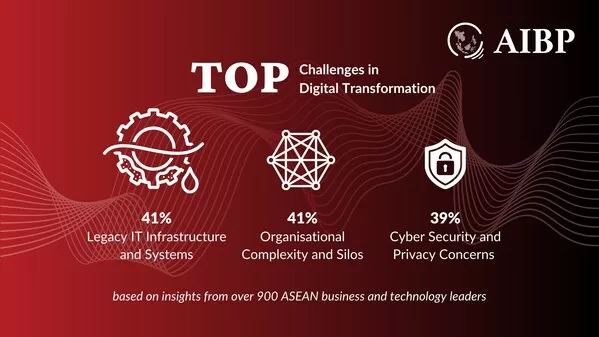LAS VEGAS, Jan. 8, 2025 — Neusoft Corporation (Neusoft, SSE:600718), an industry-leading information technology, products and solutions company for global market, attended the Consumer Electronics Show 2025 (CES) and…
ASUS RT-BE58U Router In Depth Review: An Entry Level WiFi 7 Router that Brings More than Just Connectivity
ASUS’s RT-BE58U is an entry level WiFi 7 router that promises faster speeds, better coverage and more stable connectivity. Does it deliver?
AI and Cyber Security Dominate ASEAN Enterprises’ Digital Transformation Priorities
Investments in AI surge, but challenges in data quality and cyber security readiness persists SINGAPORE, Dec. 20, 2024 — As ASEAN enterprises dive deeper into digital transformation, artificial intelligence (AI)…
WAISL Launches State-of-the-Art Digital Twin-Powered Integrated Airport Predictive Operations Centre
CANBERRA, Australia, Dec. 19, 2024 — WAISL is delighted to announce the launch of its Digital Twin-Powered Integrated Airport Predictive Operations Centre (APOC) at Hyderabad International Airport in India….
Strengthening Core Infrastructure with Proactive Measures and Monitoring
As more cities move towards becoming Smart Cities, the need to strengthen core digital infrastructure requires a shift from being reactive to proactive.
AI Automation Company bluesheets rebrands as fileAI
SINGAPORE, Oct. 21, 2024 — bluesheets, a pioneer in financial data AI automation, is rebranding to fileAI, reflecting a significant evolution in…
Developing and Enhancing Cyber Resilience in Core Infrastructure
From mobile dominance to cybersecurity and threat intelligence, BlackBerry has pivoted to apply its know-how to enhance and enable cyber resilience at scale.
SEMIFIVE Extends Partnership with Arm to Advance AI and HPC SoC Platforms
Strengthening SoC platforms for high-performance custom silicon with Arm Neoverse CSS technology SEOUL, South Korea, Oct. 14, 2024 — SEMIFIVE, a leading…
Huawei Showcases Intelligent Technologies at InnoTrans 2024
BERLIN, Oct. 12, 2024 — The 14th InnoTrans took place in Berlin, Germany from September 24 to 27. The theme of the event is "The future of mobility". At…
Digital Domain Teams Up with AWS to Scale Autonomous Virtual Human Technology and Introduces Generative AI-Powered Features
HONG KONG, Oct. 4, 2024 — Digital Domain Holdings Limited ("Digital Domain", stock code: 547), a global leader in visual effects and transformative experiences, recognized for nearly two decades of…









